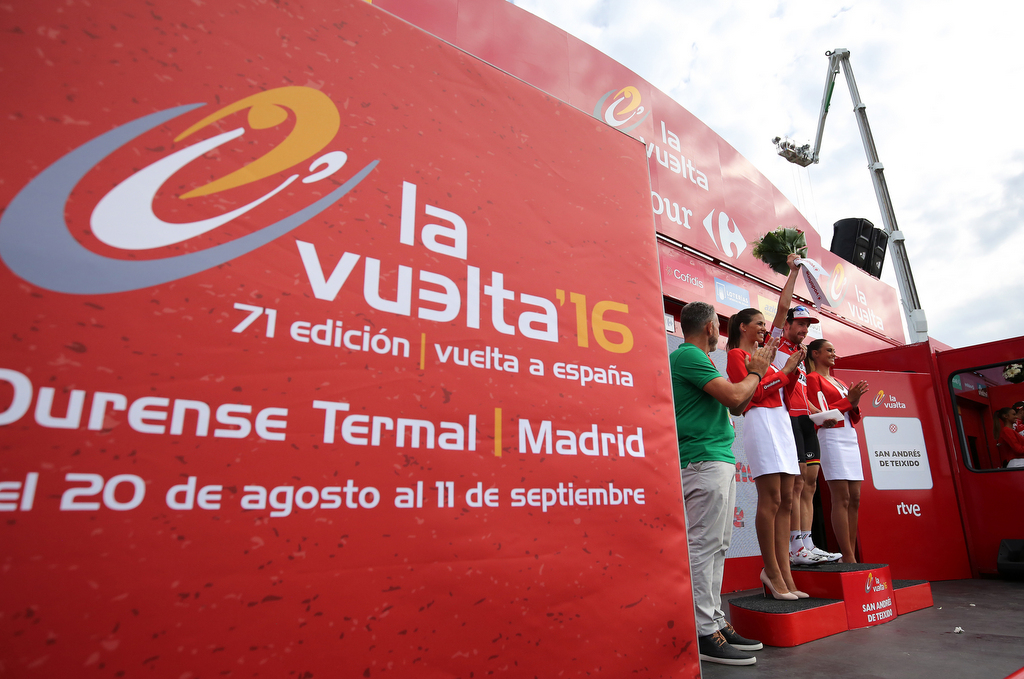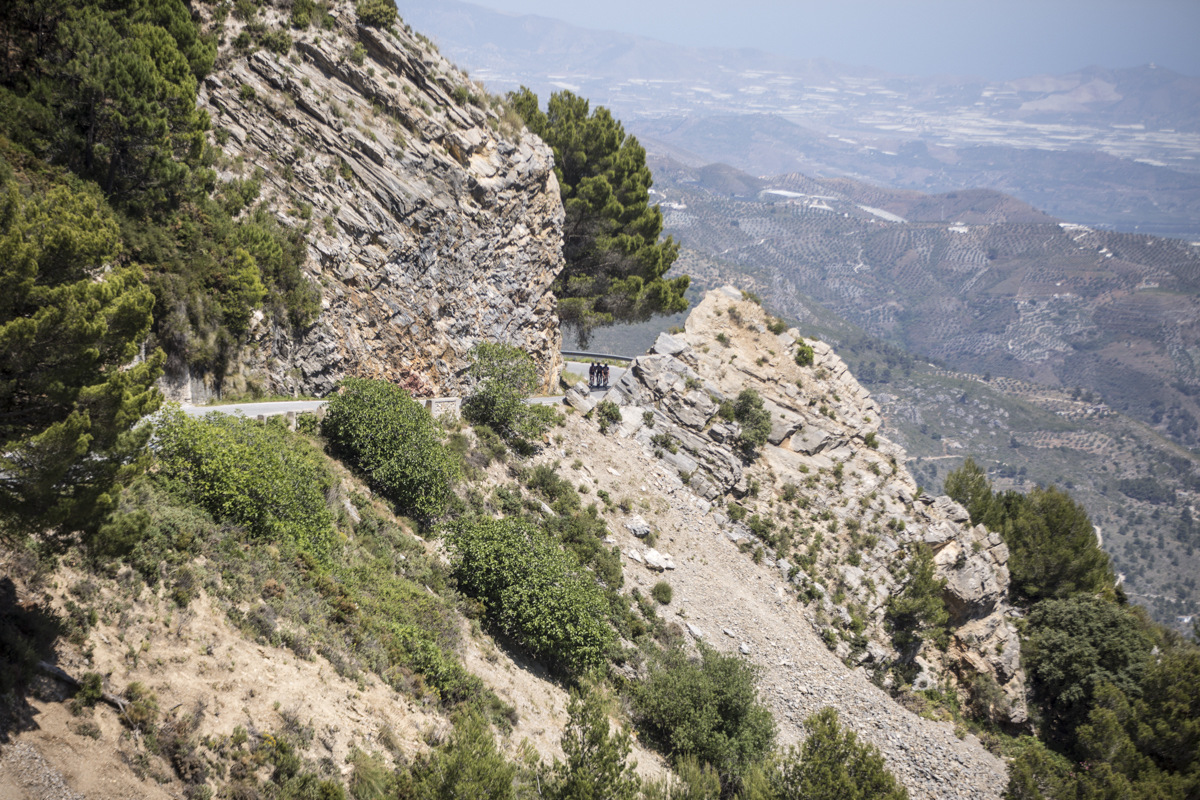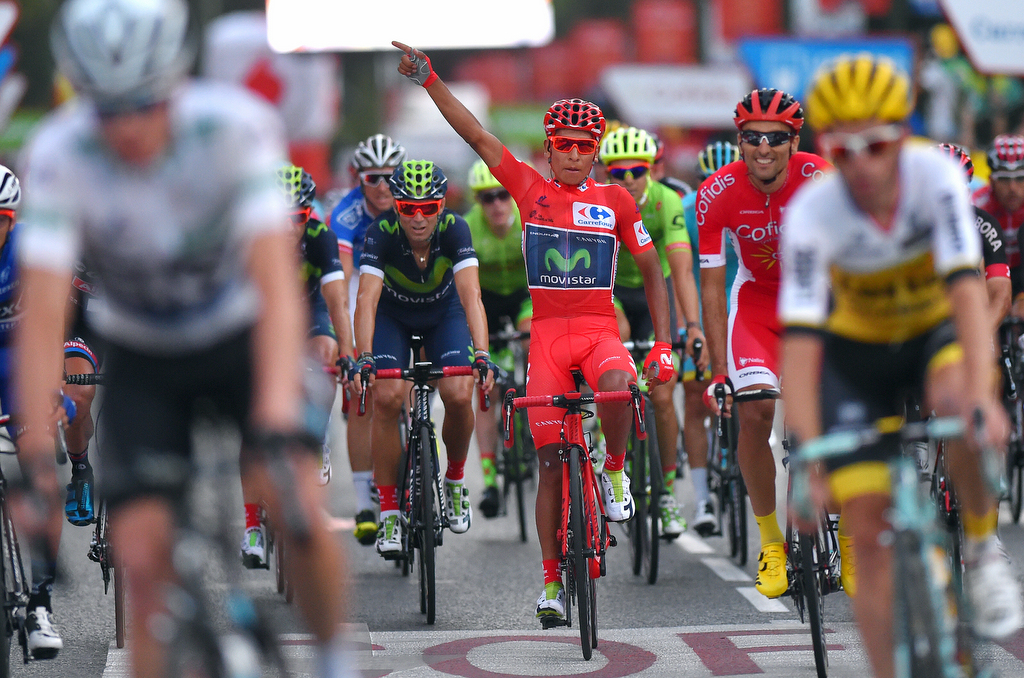2017 Vuelta a Espana: Triple summit finishes to pepper second week
Uphill stages to Sierra Nevada and La Pandera on tap




The 2017 Vuelta a España route will contain three major summit finishes in succession Spain's southernmost region, Andalusia, including an ascent to Sierra Nevada and the ultra-difficult climb of La Pandera.
The triple whammy of summit finishes will come at the start of the Vuelta's second week and, although there will be a brief visit to Andorra, they constitute the race's first major incursion into the high mountains. Coupled with the high temperatures that dominate in southern Spain at that time of year, and the lack of previous major challenges on the route, the Andalusian climbing stages will therefore likely kick start the battle for the overall classification.
According to Spanish newspaper AS, the Vuelta's first Andalusian stage will end with an ascent in the region of Almeria's little-known inland mountain range, the Sierra de Filabres, with finishes either in the astronomical observation post of Calar Alto or on the road to the former mining town of Velefique.
Both are long, steady grinds of climbs with the most famous of the four different possible ascents to Calar Alto, from its southern side, lasting 22 kilometres and averaging 6.3 percent. The most recent winner there was Igor Anton (Orica-GreenEdge) in 2006, whilst the Velefique was last tackled in 2009, with victory on a day with over 6,000 metres of vertical climbing, going to the now retired Ryder Hesjedal. Whichever finish is finally selected, the Almeria stage will start in the Murcia city of Aguilas and last around 150 kilometres.
The next day's stage will conclude on La Pandera in the province of Jaén, a much shorter but far steeper climb - 13 kilometres but with ramps of up to 18 percent. Like Velefique, la Pandera was last tackled in the 2009 Vuelta. Victory went to former Giro d'Italia leader Damiano Cunego and Alejandro Valverde, himself a winner on the same climb back in 2003, consolidating his overall lead.
Last but not least in the Vuelta's Andalucia summit finishes is Sierra Nevada. This is another steady grind of a climb - assuming the main road is used and not the goat-track of an ascent through Hazallanas like in 2013 when Chris Horner won - ending at 2,500 metres just above the ski resort of Pradollano. It is one of the longest ascents in Spain.
As ever there has been much talk as to whether the Sierra Nevada stage would stretch out even further than usual and finish near the mountain range's peak of Veleta, the highest tarmacked road in Europe. However, like the return of the Vuelta to the Canary Islands, - a much talked-about project which has been on the cards for over two decades - the reality is that logistically speaking the Veleta continues to be a summit finish too far.
Get The Leadout Newsletter
The latest race content, interviews, features, reviews and expert buying guides, direct to your inbox!
The Vuelta is rumoured to have nine summit finishes in total, one fewer than the brutal 2016 Vuelta a España, but six more than the Tour de France in 2017. There is expected to be a mountain-top finish as early as stage three in Andorra and Tom Dumoulin (Giant-Alpecin) will, if he races, be pleased to see the return of the climb to Cumbres del Sol, where he took a memorable victory against Chris Froome (Team Sky) in 2015, on stage seven.
However the Vuelta's key mountain stages will likely be in Andalusia as well as the unprecedented ascent to Los Machucos in northern Spain on stage 17 and, last but not least, the Angliru - back after a four year absence - on stage 19.
The full route of the Vuelta a España 2017 will be revealed on Thursday January 12th in Madrid.
Alasdair Fotheringham has been reporting on cycling since 1991. He has covered every Tour de France since 1992 bar one, as well as numerous other bike races of all shapes and sizes, ranging from the Olympic Games in 2008 to the now sadly defunct Subida a Urkiola hill climb in Spain. As well as working for Cyclingnews, he has also written for The Independent, The Guardian, ProCycling, The Express and Reuters.
